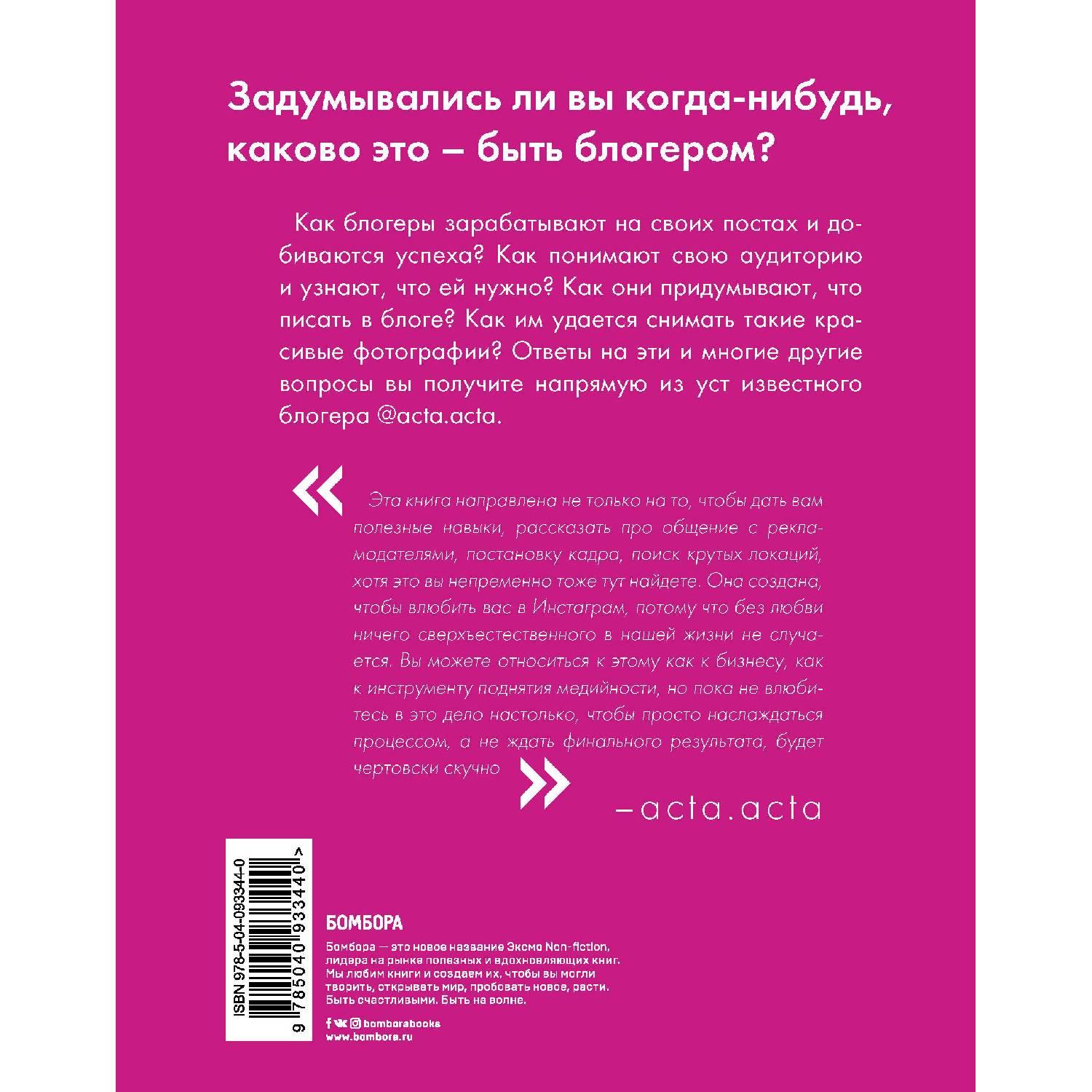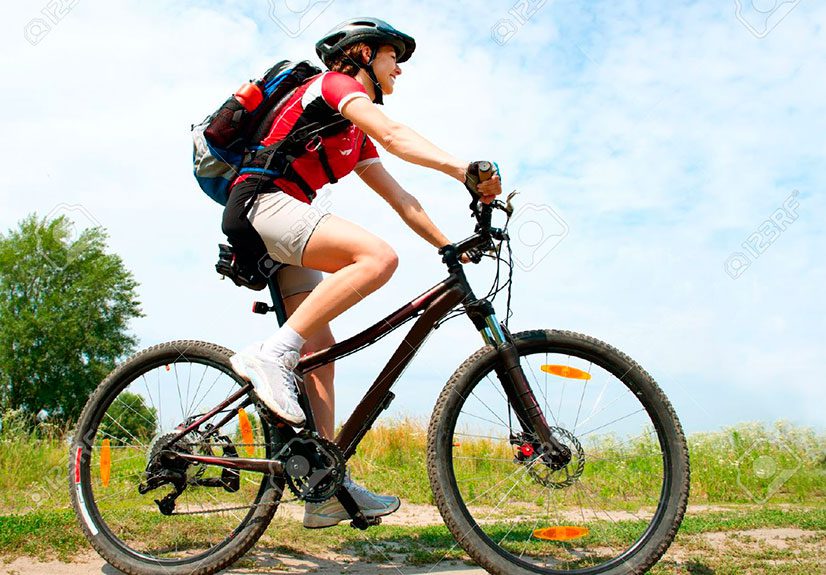
Mountain biking without muscle contracture: a recipe
Content
Muscle contracture should be classified among the side effects and possible injuries from cycling, such as cramps, pain, nasal congestion, or burning.
In the first part, we will introduce you how the muscle works, as well as its composition and the different muscles used in cycling, finally, we will introduce you to the characteristics of muscle contracture, how to relieve it and how to prevent it.
Muscles
Each end of the muscle is attached to the bone by tendons. The shortening of a muscle changes the physical relationship between its attachment points and therefore causes movement. Typically, the ends of the skeletal muscle are attached to two bones connected by a joint; shortening or contraction of these muscles then causes a flexion or extension movement, depending on the position of the attachment points in relation to the joint.
Skeletal muscles always contract longitudinally, and the movement they produce depends on the position of the attachment points in relation to the levers, which are bones.
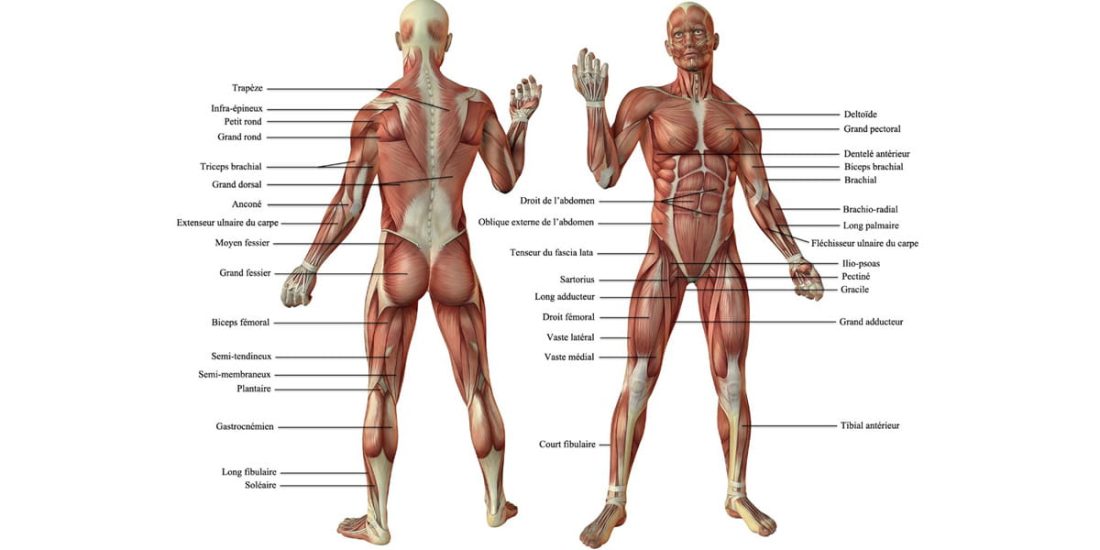
Skeletal muscle consists of several cells, or muscle fibers, organized in parallel bundles running along the length of the muscle.
Inside, each muscle fiber consists of several contractile myofibrils, which run parallel and run along the length of the muscle fiber. Each muscle cell has a network of transverse tubules. These tubules provide the cell with a route for transporting nutrients and oxygen, and for removing waste.
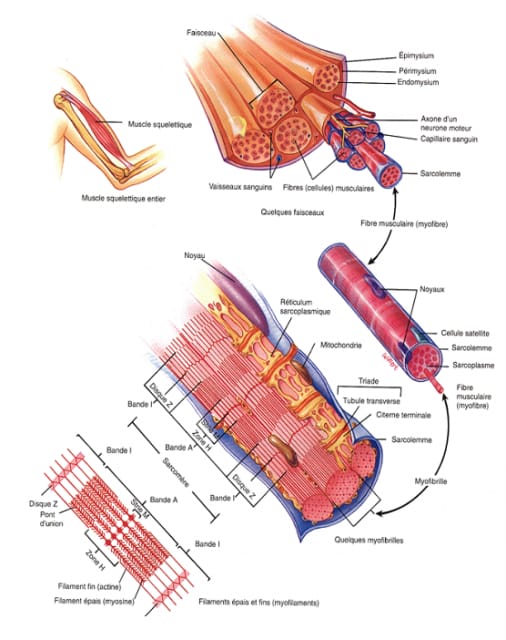
Muscle fibers are composed of myofibrils, which have a very complex organization. They are made up of fine threads and thick threads.
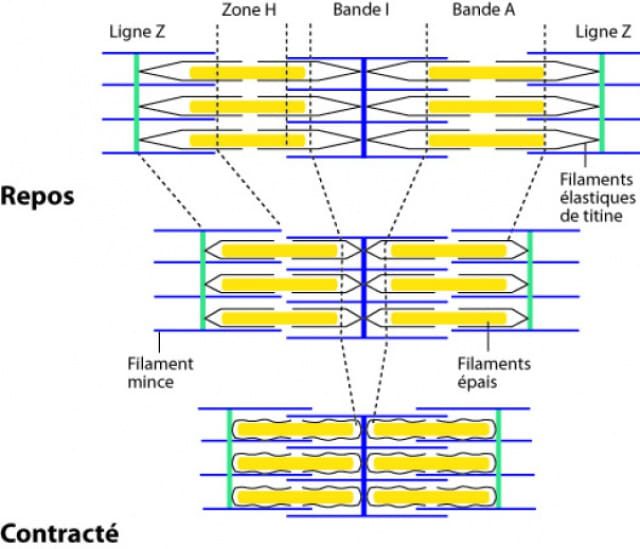
The contraction is due to the sarcomere (these are complex thin filaments / thick filaments). During the contraction, the thin threads will "slide" along the thick threads, which will contract the muscle.
Muscles used during pedaling

When mountain biking, not only the leg muscles are involved: about 11 muscles are involved not only in pedaling, but also in maintaining the bike at a certain speed and in good speed balance.
We can distinguish two categories of muscles:
- The muscles of the lower body (up to the thighs) that are mainly used for pedaling.
- muscles of the upper body (trunk), which are mainly used to support the helm and dancer's work.
Thus, the lower muscles are almost always in motion, because thanks to them we can pedal and therefore move the bike forward, while the upper muscles are not in motion, but are still used for balance on the bike. ...
See UtagawaVTT's blog post on exercises to improve pedaling.
What is muscle contracture?
Muscle contracture is a painful, involuntary, uncontrolled muscle contraction:
- It can affect an entire muscle group as well as multiple fibers in a single muscle.
- Pain usually occurs when you are resting or when you are relaxed.
Muscle contracture is considered a sports accident Benin, it is a defense mechanism to protect the muscle from more serious damage, such as a muscle tear, a muscle tear, or a muscle strain.
Contracture is actually a natural physiological phenomenon that allows you to change the length of the muscle and thereby provoke movement of the limb.
But when this contracture becomes painful, involuntary and permanent, it becomes pathological and indicates muscle distress due to overuse and warns of exhaustion by overcoming the physical resistance of the muscle.
We can summarize the causes of contractures for four main reasons:
- Primary muscle contracture: the muscle has been used intensively and for a long time without recovery, it gets tired, reaches its limit and contracts!
- Contracture for Ionic Disorder: Calcium and Magnesium Disorders
- Muscle contracture with lesion: A physically damaged muscle (traumatized), this contracture can be seen in case of muscle tear, lengthening or tension. In this case, muscle contraction will prevent the exacerbation of existing lesions.
- Contracture of the protective muscle: in this case, the contracture of the muscle is a protective mechanism of the injured joint, the muscle with its contracture immobilizes the joint, blocking it, thereby protecting it from further damage. In this case, it can affect the calves, thighs, buttocks, spinal grooves (back pain), and the neck (torticollis).
If a mountain biker tries to resume vigorous exercise, this pain continues to worsen:
- Contraction is often the result of poor muscle warm-up or even a lack of warm-up.
- Intervention due to lack of training is also possible.
Therefore, it is important to follow progressive and adapted exercise programs to avoid this type of injury.
Signs and symptoms of muscle contracture
Muscle contracture often occurs during sports or any other intense physical activity; it starts with local pain, at first minimal, and then becomes more and more bothersome, especially if physical activity is not interrupted.
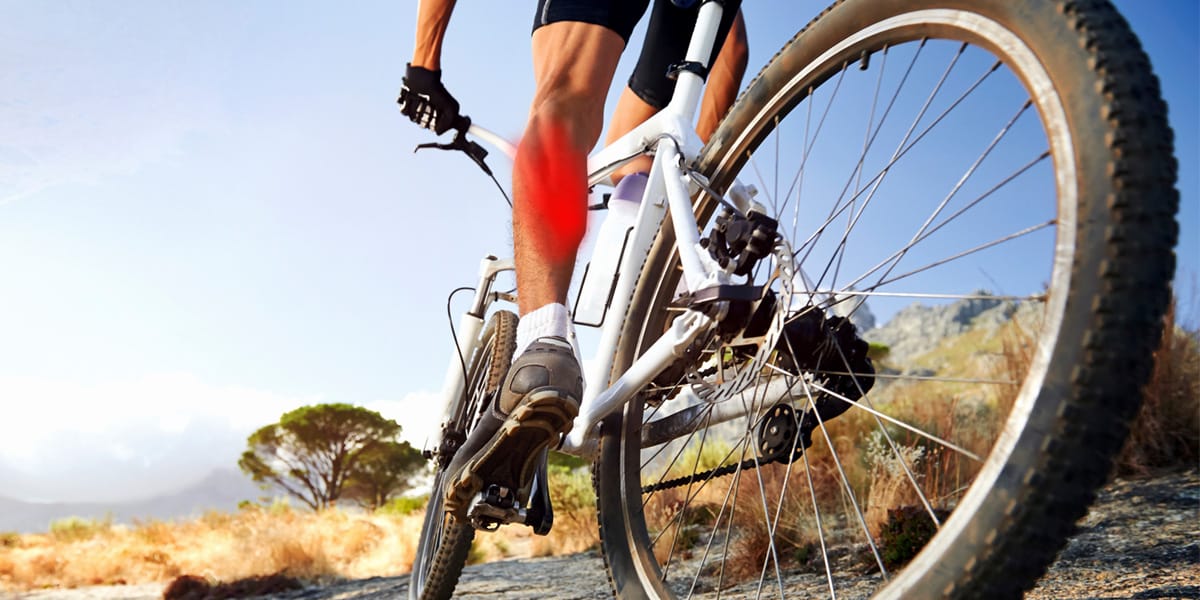
Muscle contracture mainly occurs during intense physical exertion that threatens the muscles.
If we palpate the painful area, we find a hard and contracted muscle, sometimes we can find a real cord, clearly defined within the muscle itself: it is the muscle fibers that are contracted, especially during passive stretching maneuvers or against resistance.
In other cases, with reflex muscle contractures, this is a sudden contracture after a joint injury with blocking of the latter (movement is impossible). The diagnosis in this case is simple and obvious.
Muscle contracture from spasm is mainly distinguished by duration. The injury resolves in ten days.
Contracture is a protective reaction of the body that preserves muscles after too complex movements.
It is impossible to notice muscle contracture using ultrasound.
What to do with muscle contracture?
For a mountain biker, the most susceptible to muscle contractures are:
- calves
- thigh muscles
- buttocks.
To keep it simple, if this happens:
- Stop the effort ! Remember that muscle contracture is your body's warning signal telling you to stop tension immediately. Be sure to observe the rest period.
- Apply heat to the painful muscle (apply a warm compress to the contracted area for 30 minutes), if possible, take a hot bath for 20-30 minutes.
- There are muscle relaxants like MyoCalm and pain relievers (paracetamol or ibuprofen) that help relieve pain.
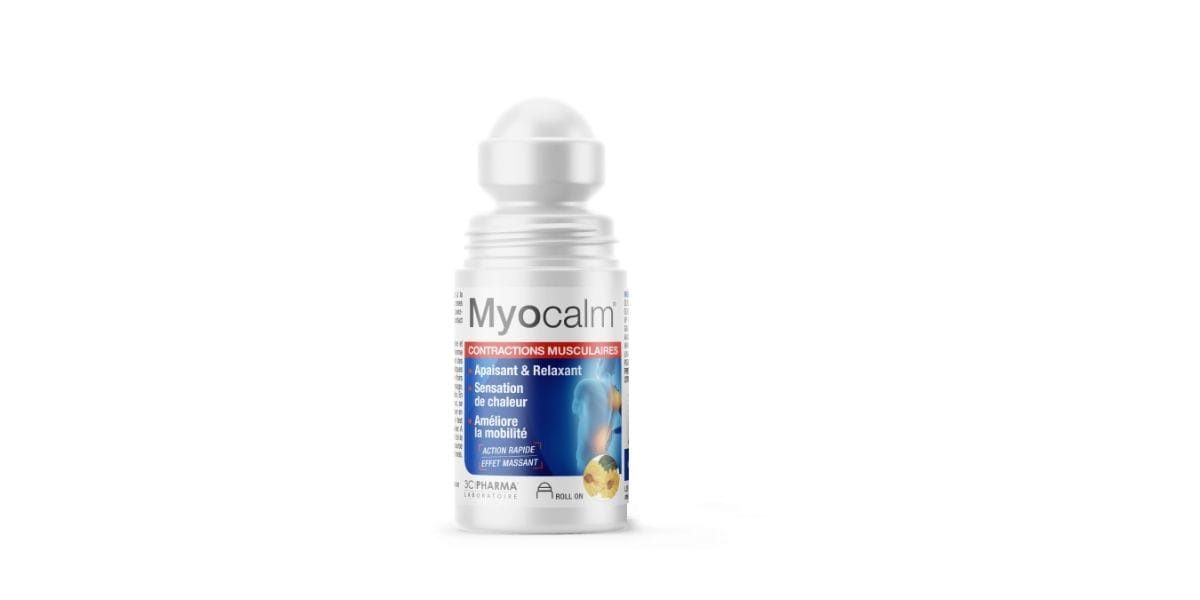
Muscle contracture can last for several days and usually go away in 5-7 days.
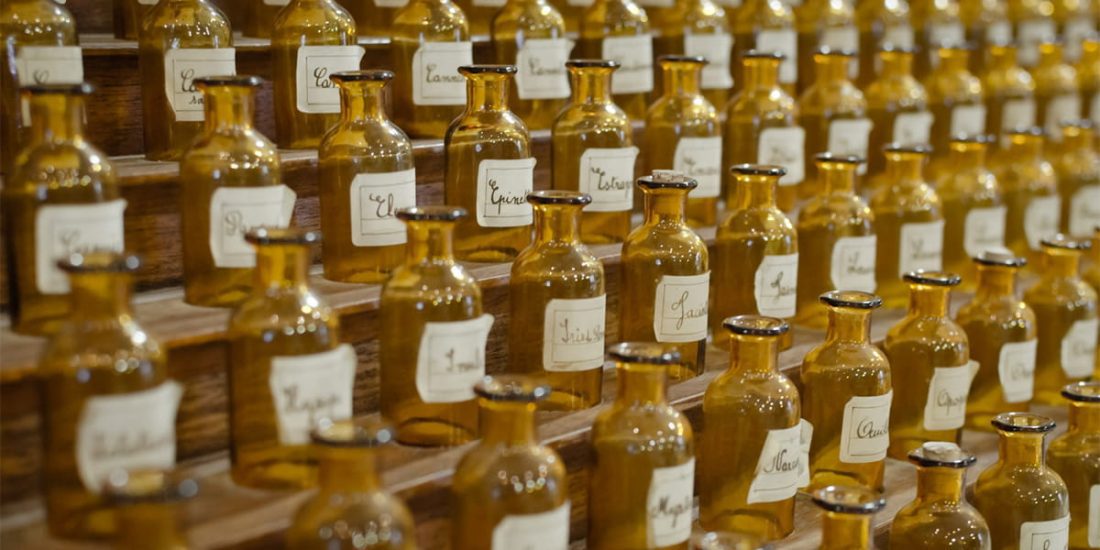
If you want to actively take care of it and recover faster with herbal medicine, here are some more tips:
You have to rest your muscles... But not too much. You can go for a walk and not insist when the pain reappears; it's all about the dosage. Gentle muscle mobilization is good.
Treatments should be performed several times a day: for example, on waking, after breakfast, during sleep, around 17: 2 and after dinner, or even before bed if your day is long ... The number of treatments will be reduced according to your recovery, but we will continue after the symptoms disappear, because if there is a rupture, complete healing takes 3 to XNUMX weeks
- Apply heat (such as a hot compress) for 20-30 minutes on the contracted area (if you are in a hurry, you can massage the muscle for a few minutes in the direction of lengthening the fibers with oil heating massage)
- Relax the muscle using the osteopathic cinema pressure point trick: you must press hard on the contracted area for several tens of seconds for up to 2 minutes, without moving or changing the depth. We can determine the location of the treated area by touch: we identify one or more rigid knots or nodules. The muscle relaxes reflexively, thus relieving tension and pain and facilitating treatment and, in particular, the stretching you will achieve at the end of the treatment period. Then there will be an outflow of blood, eliminating any losses associated with tension, healing, etc. Therefore, we can repeat the gentle massage by lifting the leg after stretching.
Warning: These gestures should only be practiced with the consent of a chiropractor or physician.
- Massage the muscle lightly, doing deliberate, relaxing and gentle work in the direction of the muscle fibers (use an anatomical board if you don’t know the muscle), always going up to the heart (promotes the elimination of toxins by venous reflux): you can choose an oil that penetrates well through the epidermis such as St. John's wort oil.
- You can use essential oils that work on muscles in different ways (see below).
- Stretch the muscles very gradually and respectfully for pain, ideally after a gentle massage and application of heat. Stretching can be completed with a light massage, which restores blood circulation, stimulating the removal of toxins released by already performed manipulations.
- Take homeopathic granules (for example: 4 granules 3-4 times a day Arnica montana, Magnesia phosphorica, Cuprum metallicum, Rhusxicodendron, Ruta graveolens, all in 9CH), if possible, drink organic and gel silica and Protéochoc.
- If you have a Compex-type stimulator, use relaxation, drainage or anti-fatigue programs. You can even combine the relaxing massage program first and then switch to the dehumidifying program. Obviously, in both cases, we will be working with a pleasant intensity. If we use high intensity, we could reactivate the pain sensation caused by the pain. If we increase the intensity and there is no discomfort, we may even end the vascularization program with more power.
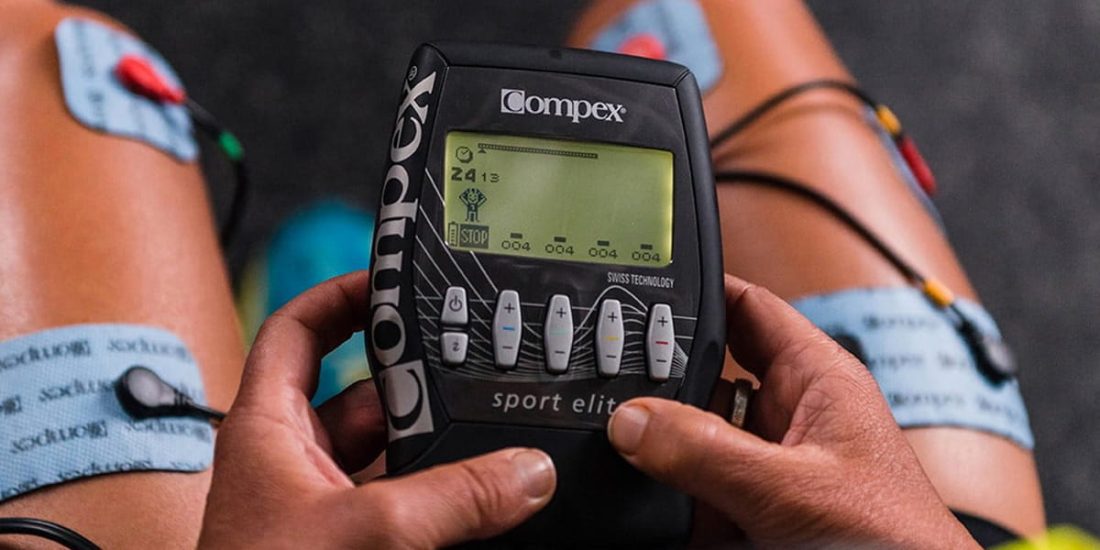
- Why not also add some omega-3 rich oil to your salad dressing to speed up your recovery?
Recipe for making your own massage oil bottle
Essential oils to have in your medicine cabinet to treat muscle contracture
- Gaultheria procumbens to activate blood circulation,
- Italian immortelle (Helichrysum italicum) for resorption of hematomas and, as a result, muscle micro-tears. It is an essential oil from an athlete's first aid kit because it quickly and effectively supports the healing and repair processes of inflamed tissues.
- Rosemary Camphor (Rosmarinus officinalis ct camphor) is an essential oil for muscle pain. This is an excellent muscle relaxant. It dissolves lactic acid and uric acid crystals.
- Bay laurel (Laurus nibilis) is an analgesic and relaxing agent. It also boosts morale, which can help you gain self-confidence.
- Peppermint (Mentha piperita) is used as a mild local anesthetic.
- Lemon eucalyptus (Eucalyptus citriodora) is anti-inflammatory.
- Lavandula burnatii as a relaxant ... Tarragon essential oil can also be used prophylactically (additional information: a drop on sugar instantly relaxes the diaphragm and solar plexus: this is the essential oil of hiccups).
Composition and quantity
- Rosemary and camphor essential oil: 90 drops,
- Gaulthérie essential oil: 60 drops,
- Helichrysum essential oil: 60 drops,
- Laurel essential oil: 60 drops,
- Peppermint essential oil: 30 drops,
- Lemon eucalyptus essential oil: 30 drops,
- Super essential oil of lavender: 60 drops.
- Calendula or St. John's wort vegetable oil (do not expose yourself to the sun for 3 hours after application (photosensitivity)
(In the case of a bottle with a measuring cap: 20 drops of essential oil falling from the bottle corresponds to 1 ml)
Training
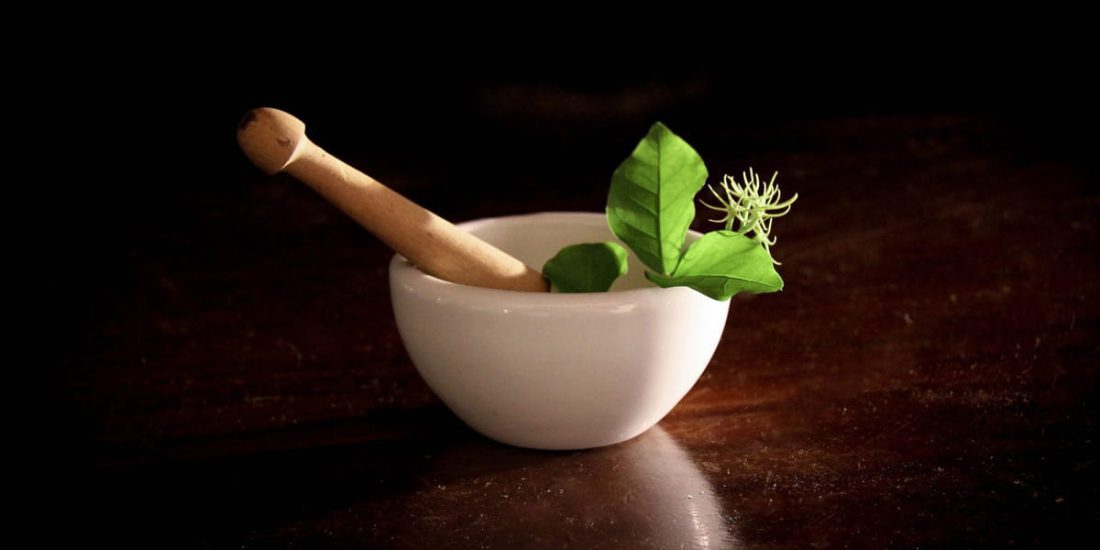
- Take a 15 ml tinted glass bottle with dropper. Pour in essential oils in the indicated amount and along with the selected vegetable oil.
- Close well and shake (shake before each use)
- Apply 3-4 drops of synergy locally to the affected area and massage on average 4 times a day for 2-3 weeks after the onset of contracture (no more than 8 massages per day).
An example of a finished product that penetrates without massage is presented on the market: Aromalgic in a spray from Pranarom science or Myocalm Spray.
Be sure to read the safety precautions before using essential oils in any way. This information should in no way replace the advice of a qualified technician.
Prevent the onset of contractures
Violent and intense physical activity is the main cause of muscle contractures, prevention consists in systematic warming up before any serious physical activity;
Hydration is also important, especially in case of heat, for hydration before and during the excursion in fractional amounts and rich in mineral salts, in fact, sweating is the main reason for the loss of minerals due to contractures and cramps.
Resting and recovering from physical activity or sports allows the muscles to recover and adapt to increasingly intense and prolonged activities.
Sources:
- planet-vie.ens.fr/content/la-contraction-muscleus
- biowiki.mbolduc1.profweb.ca/index.php/La_contraction_muscléaire
- pacomeleon.re/wordpress/?page_id=319
- campusport.univ-lille2.fr/physio/co/grain2_Sch.html
- redetrail.wordpress.com/2014/08/20/soigner-une-contracture-en-7-jours/
- sites.google.com/site/tpevelolamalgrange/le-travail-des-muscles-during-d-une-sortie-a-velo

